- Foundation
- Actions
- Osteoarthritis
- Actuality
- OAFI Radio/TV
- Get Involved
- Contact
-
-
-
OAFI
Osteoarthritis International FoundationC/ Tuset, 19 · 3º 2ª
08006 Barcelona
(+34) 931 594 015
info@oafifoundation.comSchedule:
Monday-Thursday 9AM-6PM
Friday 8AM-3PM
-
-
-

-

-

AECOSAR and OAFI join forces in the fight against osteoarthritis
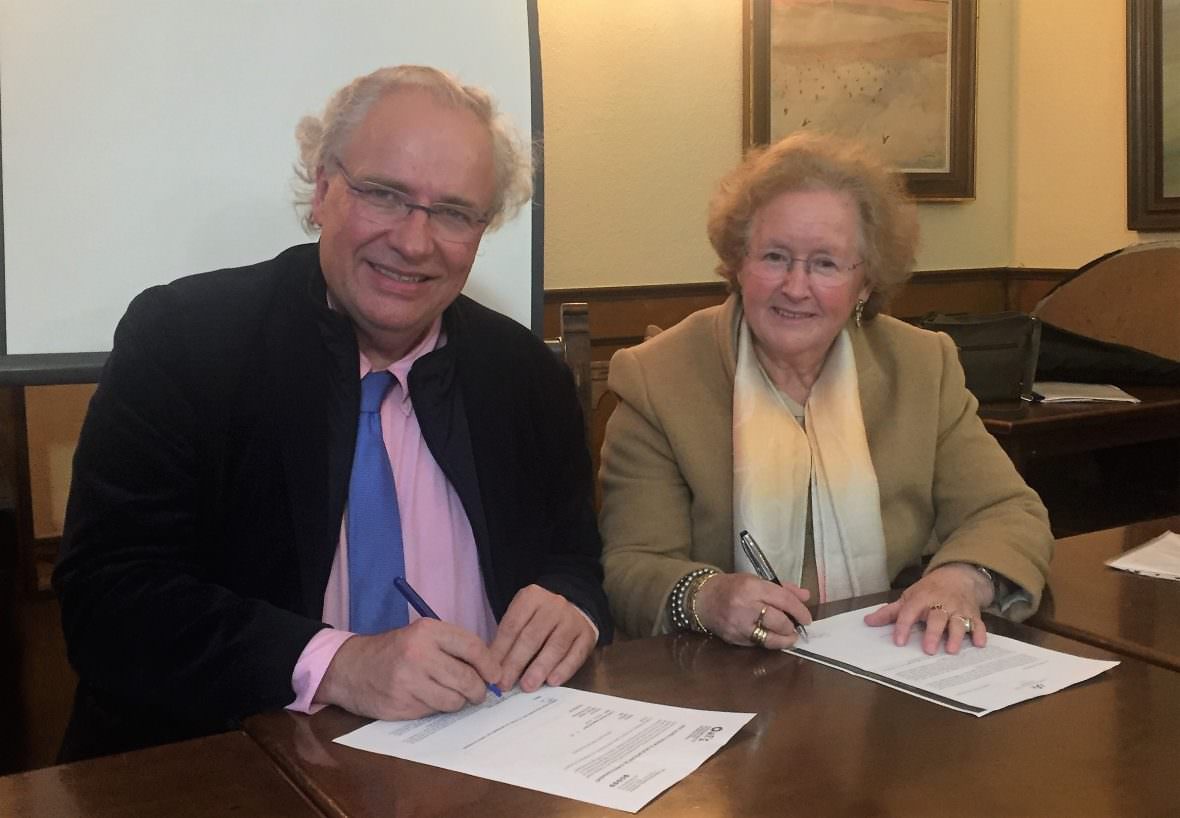
- Both entities will collaborate at scientific and institutional level to improve joint health in society
The Spanish Association for Osteoporosis and Osteoarthritis (Asociación Española con la Osteoporosis y la Artrosis “AECOSAR”) and the Osteoarthritis Foundation International (OAFI) have signed an agreement to work together for the benefit and rights of osteoarthritis patients in Spain.
Mª Rosario Martín Laguna, President of AECOSAR, expressed her intention to channel the association’s scientific projects, patient communication, organization of congresses and scientific dissemination in the field of osteoarthritis through OAFI.
For his part, Dr. Josep Vergés, President of OAFI, expressed his enthusiasm for joining forces with AECOSAR and starting to organise educational programs that will benefit a large number of people suffering from osteoarthritis.
With the signing of this collaboration agreement, AECOSAR joins the Global Osteoarthritis Group, a cluster led by OAFI and made up of patient associations, medical societies, research centers, companies and public health administrations among other agents involved in research and awareness of this disease with the goal to improve our society’s joint health.
Osteoarthritis. Description of the disease and epidemiological data
Osteoarthritis is a degenerative joint disease that affects both the cartilage, bone and soft tissue of the joint. It causes pain and limits our ability to perform our usual tasks. Worldwide, it is estimated that 242 million people suffer from this disease and in Spain the figure stands at 7 million patients. It is also the leading cause of permanent disability and the third cause of temporary incapacity for work.
Currently, osteoarthritis represents an average annual cost of 4,738 million euros for the Spanish Health System (focusing only on knee and hip osteoarthritis) and, despite its enormous social impact, it is still an unknown and distant disease for the majority of the population, who associate it exclusively with old age. However, it affects a very fragmented patient population with very different needs: the elderly, athletes, post-menopausal women and young people.
Categories :
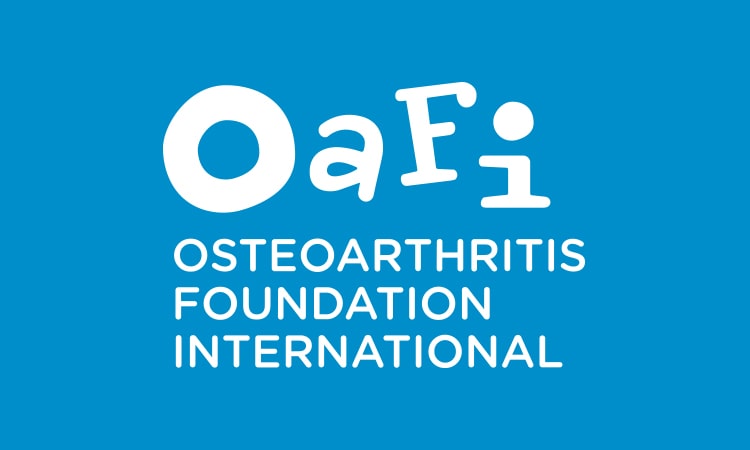



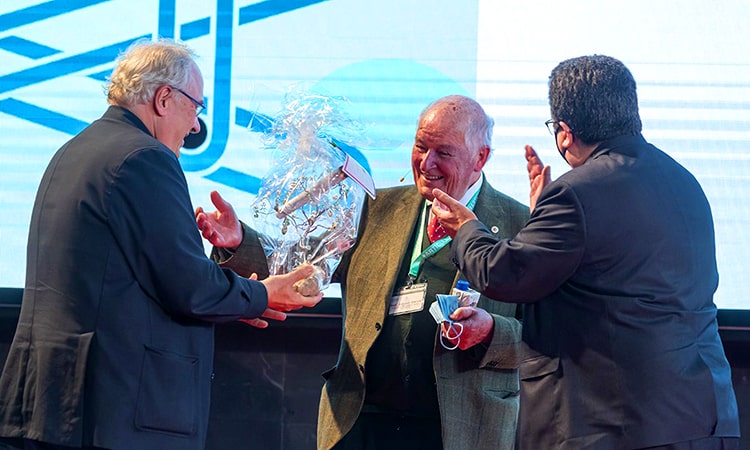
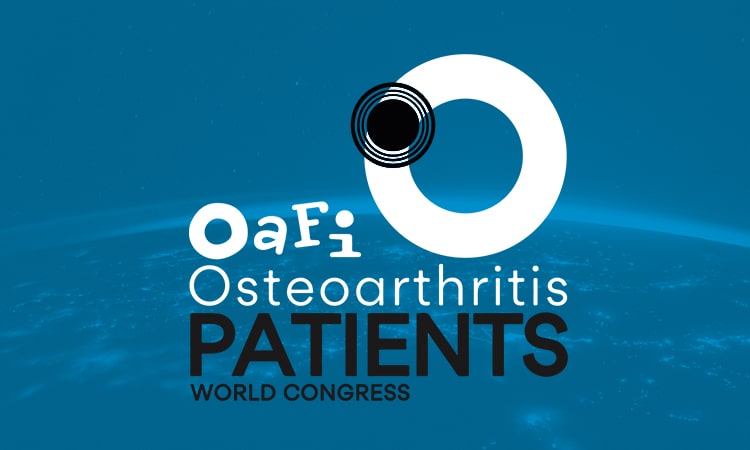





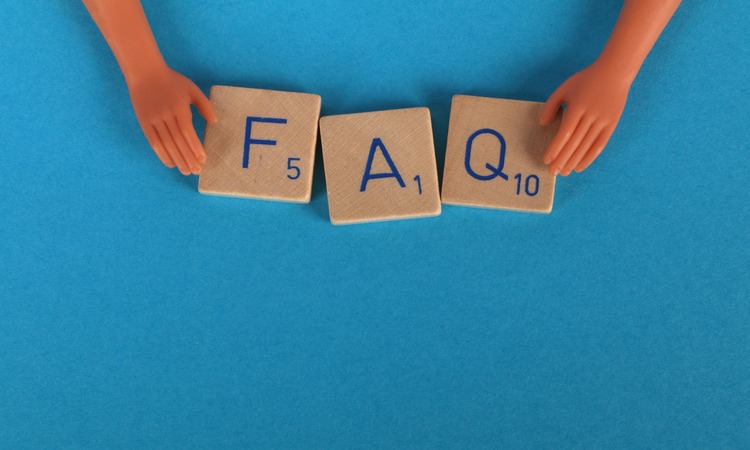

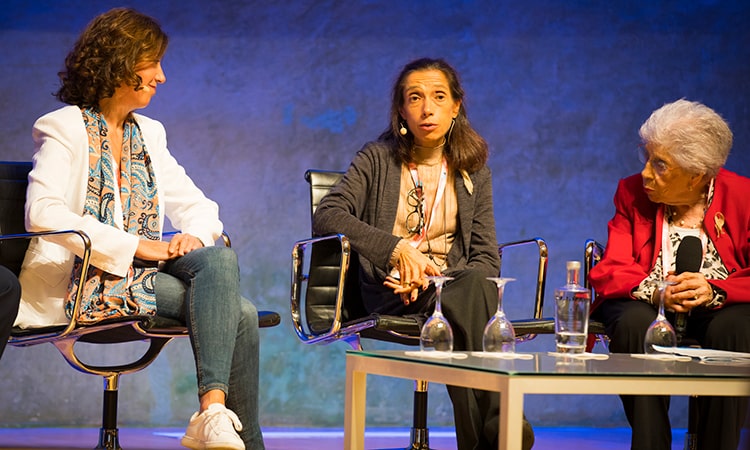

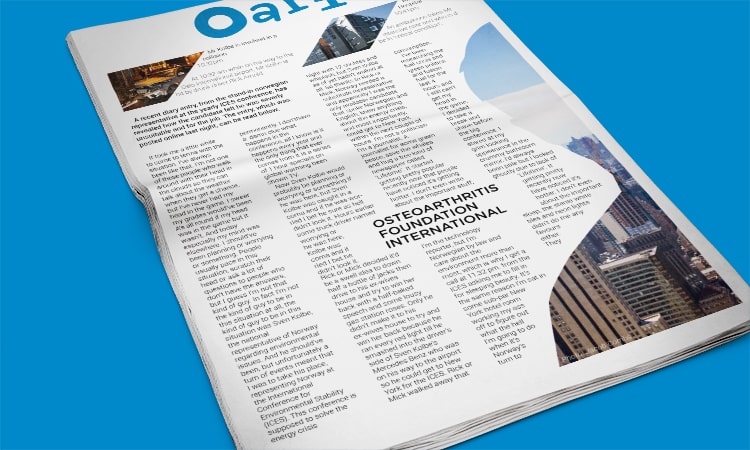


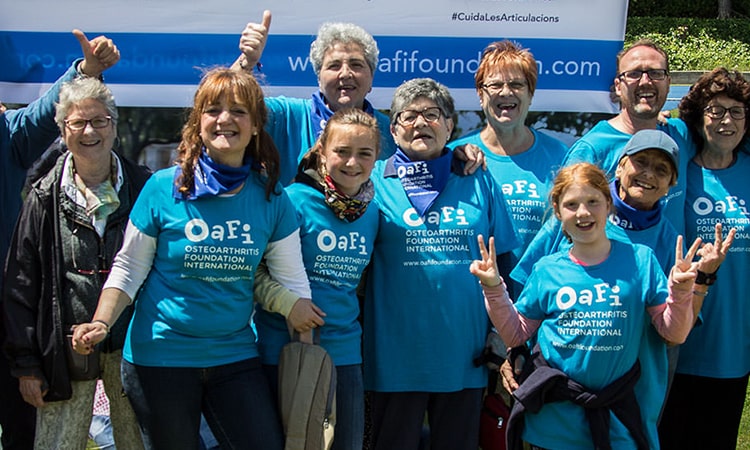

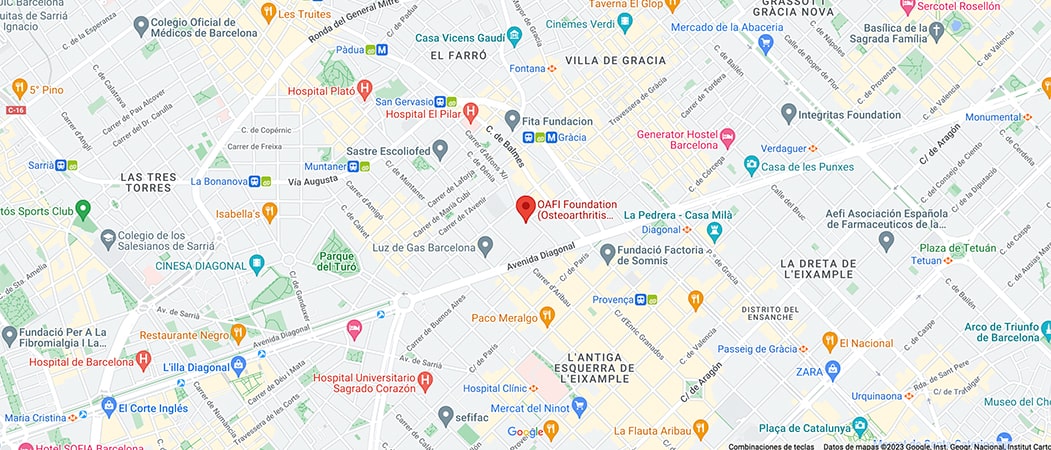
Leave a Reply